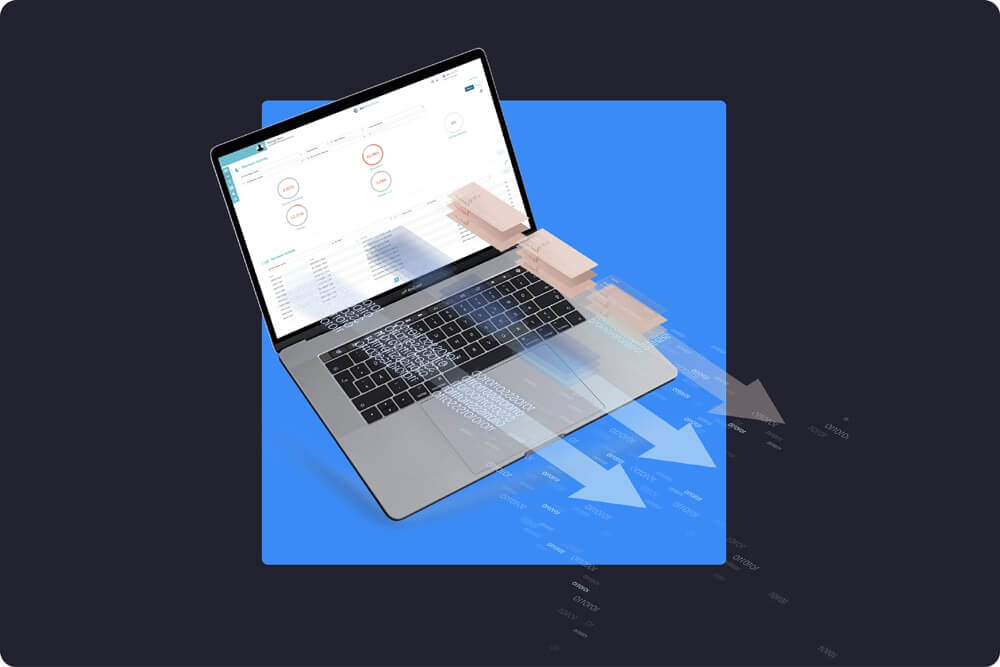Smart, secure and streamlined payments convert your AP department from a cost center to a revenue generator.
How Payments Innovation is Shaping the Evolution of Data Security


With the ease and lower cost of electronic payments come new security considerations and uncharted regulatory waters.
The first generation of wireless cellular technology (1G) brought us basic mobile voice communication—think Gordon Gekko’s Motorola DynaTAC. Then 2G came along with the addition of texting functionality. 3G introduced basic mobile computing, and 4G ushered in the age of apps, with 2.57 million Android and 1.84 million iOS apps on the market as of fourth quarter 2019. (Statista.com)
Now, with 5G, we’re seeing download speeds of at least one gigabit per second—or, minimally, ten times previous download speeds with potential for speeds up to 100 times faster. Although 5G is currently deployed in about 25 U.S. cities, it’ll likely be another 24 to 36 months before mobile devices and spectrum, the invisible radio frequencies that transmit wireless signals, are fully functional throughout most of the country.
The broad deployment and utilization of 5G’s never-before-experienced download and streaming speeds present a tremendous opportunity for innovation. With widely-accessible support of high-definition, augmented reality (AR) and virtual reality (VR) over 5G, businesses are completely reimagining the status quo—for example, the possibility of remote healthcare, autonomous trucking fleets and advanced manufacturing automation.
As more industries embrace digitization, electronic payments are on the rise. Businesses are turning to machine-to-machine and device-to-device transactions, rather than manual processes, like check-writing or wire transfers. Layer in billions of Internet of Things (IoT) devices and endpoints—with billions more to follow at increasingly lower cost and higher reliability—plus enhanced automation, cloud infrastructure and artificial intelligence, and an evolution in the way we process payments is inevitable.
With these new forms of payment, we’ll see a host of innovative security measures. In addition to the familiar Know Your Customer (KYC) identity verification, Know Your Machine (KYM) and Know Your Object (KYO) have become critically important in validating transactions. Businesses will require data analysis, including the validation of a machine’s geolocation, as well as multipoint and multilayer authentication to detect fraud in order to process a payment.
With all this data flowing, privacy has become a key discussion point. And, the use of data, be it for targeted advertising or electronic payments, is only getting more complicated and challenging. Take, for example, the California Consumer Protection Act (CCPA), a law introduced in June 2018 that took effect January 1, 2020—with iterations expected to follow from more than 20 other states.
The CCPA’s objective is to assign accountability around the collection and use of personal data, however, there are significant areas of consideration around compliance, governance and the cost of managing the countless endpoints/devices that collect, or have the potential to collect, consumer information. There’s also the matter of overseeing where and how that information will be used.
Given the relative ease of movement of digital data, and that most major companies transact business in California, CCPA’s enforcement and impact will reach well beyond the state’s borders. Businesses have a six-month grace period (until July 1, 2020) in which to achieve compliance without risk of penalty, but, with the presidential election approaching and consumers as the drivers of enforcement, 2021 is more likely to see related compliance activity.
In the meantime, the payment industry—fintechs, banks, card networks, card issuers, processors, et al.—continues to rely on well-defined requirements for transaction flow, authentication and encryption coupled with internal compliance checks as well as third-party audits. As 5G matures and we push forward into uncharted regulatory waters, however, more coordination among telecom, cloud and technology-as-a-service providers will be needed to keep up with the rapidly and ever-evolving technology. 6G will be here before we know it.
Smart, secure and streamlined payments convert your AP department from a cost center to a revenue generator.
